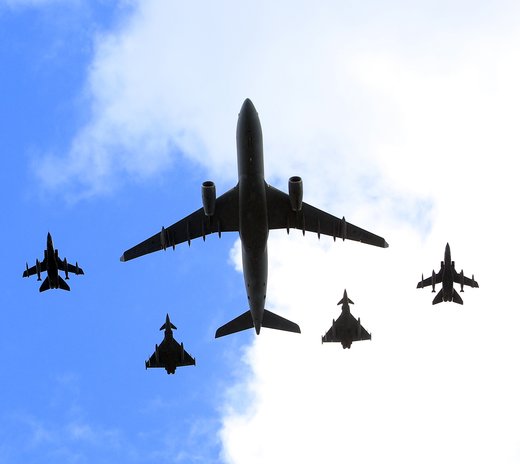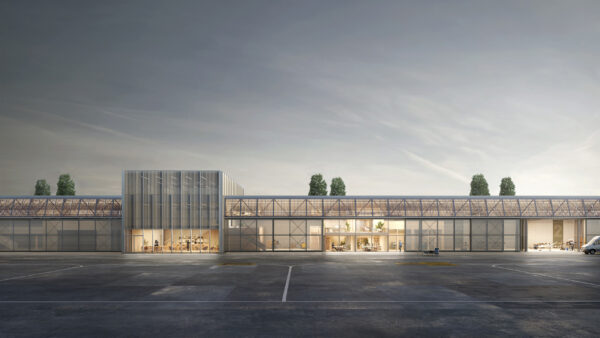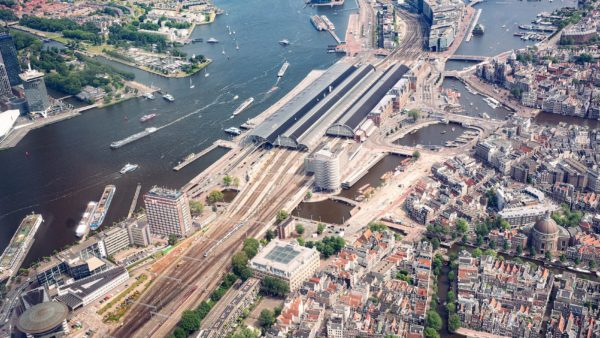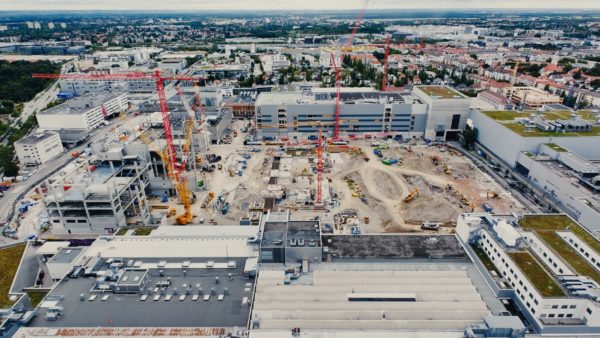19 July 2013
Today is the deadline for big ideas about how the UK could and should radically upscale airport capacity in the London area.
A year ago the government launched the Airports Commission – also known as the Davies Commission – to review the options.
Many in the UK feel greater London’s airport capacity is reaching its limit and that drastic action is needed if Britain is to compete with European rivals like Amsterdam and Paris.
Throughout this week London Heathrow Airport and Mayor of London, Boris Johnson have grabbed headlines with their respective proposals.
Late in the day, modest Stansted threw its hat into the ring as well.
The outcome of the review could result in many extra billions being spent on infrastructure in the UK capital in the coming decades.
Here is what’s on the table so far.
Big Hitters
The options put forward by Heathrow include a new, third runway placed to the north, northwest or south west of the existing airport, with the possibility of a fourth in the future.
To sweeten its bid, Heathrow has also promised to let airlines add to new flights, keep CO2 emissions within UK climate change targets, protect existing local jobs and create new jobs nationwide.
Mr Johnson’s plans include a four-runway hub on an artificial island in the Thames Estuary – dubbed “Boris Island” – a hub on the Isle of Grain in Kent or expanded Stansted Airport.
Speaking at City Hall, Mr Johnson said a brand new air hub would create more than 375,000 new jobs by 2050 and add $1.1 trillion to the value of goods and services produced in the UK.

The outcome of the review could result in many extra billions being spent on infrastructure in the UK capital in the coming decades (Flypast over Buckingham Palace: PO(Phot) Derek Wade/MOD)
A brand new hub in the Thames is also emerging as the most expensive option, reaching as much as $99bn, according to reports.
But Boris says London needs to think big if it is to continue competing in the world aviation markets.
“For London and the wider UK to remain competitive we have to build an airport capable of emulating that scale of growth,” he said. “Anyone who believes there would be the space to do that at Heathrow, which already blights the lives of hundreds of thousands of Londoners, is quite simply crackers.”
Heathrow, for its part, says a third runway would provide benefits to the UK worth $152bn and each option would raise the capacity at Heathrow to 740,000 flights a year, from the current limit of 480,000, catering for 130 million passengers.
The extra capacity could be delivered at a cost of $21-$27bn and be operational between 2024-2059, depending on the chosen option.
According to Heathrow, all three options are quicker and cheaper than any rival hub option and the two westerly options would deliver a full-length third runway while minimising the impact on the local community from noise and compulsory house purchases.
According to the Mayor’s analysis, only a four-runway hub airport would allow London to reach the emerging markets of the world that can currently only be reached by from the UK by travelling through rival hubs in Europe.
However, the options put forward by Heathrow mean that if there was demand for increased capacity in the future, a fourth runway could be added, which Heathrow says is a more cost effective solution than building a new four-runway airport, building when demand is needed rather than predicting a demand in the future.
“It is clear that the best solution for taxpayers, passengers and business is to build on the strength we already have at Heathrow,” said Heathrow’s chief executive, Colin Matthews. “Today we are showing how that vision can be achieved whilst keeping the impact on local residents to an absolute minimum.”
Modest proposal
Meanwhile, the operator of the one-runway Stansted Airport to London’s north east have proposed turning Stansted into a two- or a four-runway airport.
Operator Manchester Airports Group says it could be done for around $15bn, making it the cheapest, and least headline grabbing, option so far.
The Airports Commission – also known as the Davies Commission -Â will study the proposals and make recommendations to the government.
Anyone anxious to see how the UK government will tackle the London airport challenge should not hold their breath.
The commission has until 2015 to make final recommendations, which of course may boil down to: “do nothing”.










